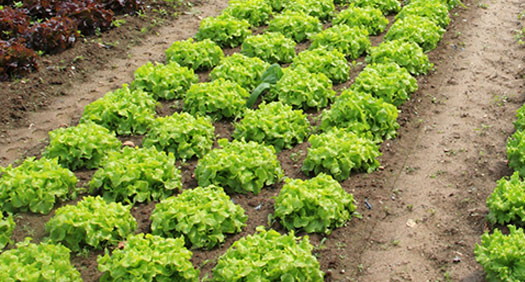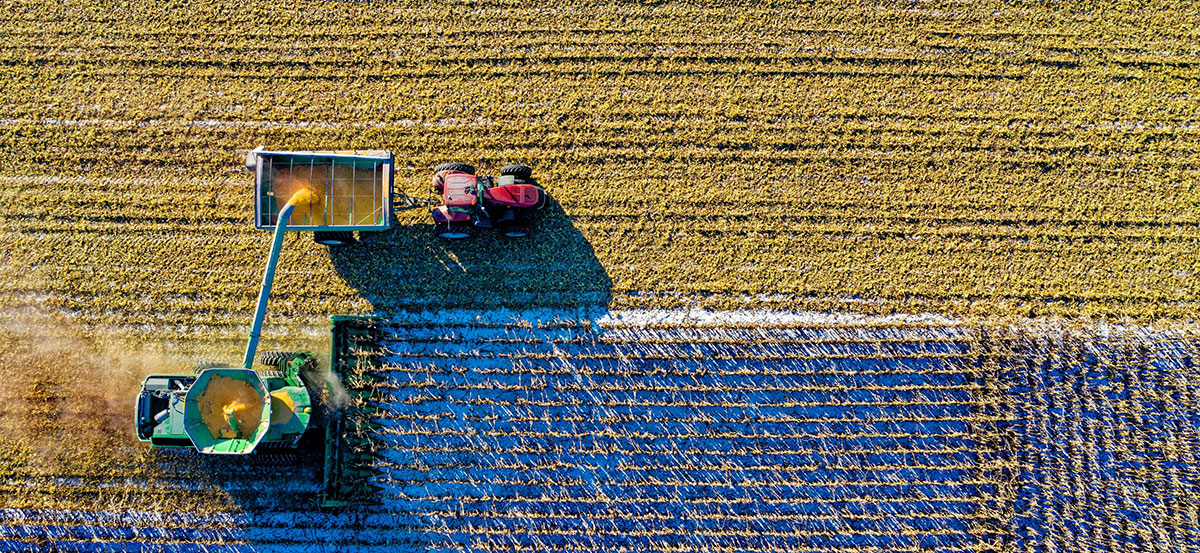"Agriculture is a fundamental source of national prosperity”
J. J. Mapes
We help leading agriculture and food companies navigate opportunities and the uncertainties driven by changing global consumer demand, shifting agricultural trends, and digital disruptions. Our expertise across the agriculture and food value chain to drive business performance and operational improvements, and help clients build capabilities to sustain industry-shaping transformations.



We help national governments and development partners in emerging economies develop their agriculture sectors, and we work with donor agencies and foundations that support rural agriculture. Increasingly, we are developing approaches that help farm operators and land-holding management companies drive operational improvements.
Changes in global meat consumption will be driven by local growth patterns. But opportunities still abound for companies that master the tools to understand the market’s shifting dynamics.
The past few years have seen unprecedented growth in protein demand across the globe. Total global meat consumption rose by about 2 percent a year. Industry participants capitalized on this growth through investments across the protein value chain, meat processing giants vertically integrated upstream through acquisitions of genetics, feed manufacturing, and animal production companies, animal health and nutrition companies pursued geographic and portfolio expansion, and laboratory start-ups attracted investment capital to pioneer tissue-culture engineering and other novel animal-production systems.
The next few years are going to look notably different from the past decade. While aggregate consumption of meat proteins will continue to rise, the growth rate is expected to slow by as much as 50 percent to 1.0 to 1.5 percent a year and the growth will be concentrated in discrete pockets. This will be an era marked by macroeconomic, demographic, and nutrition-driven-preference shifts, certain to present threats and opportunities for current industry participants and entrants alike. Animal-protein-replacement products such as plant-based proteins and synthetic meat are increasingly competing for share of protein consumption in select markets, spurred especially by consumers’ concerns over the environmental impact of livestock production. Adjacent protein markets are expected to present additional opportunities. Global consumption of dairy products, for example, is forecast to grow by about 1.5 percent a year to 2025, paced by sub-Saharan African consumption at about 3.0 percent a year.
Successful participants in the meat-protein market will be those that adjust their operational and investment strategies to the demand shifts under way, take a regional view to inform national investment decisions, and build capabilities to better understand and react to changes in the regional competitive environment.

